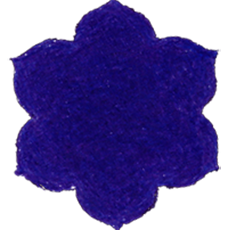Dance Therapy
Dance therapy is the psychotherapeutic use of movement and supports intellectual, emotional, and motor functions of the body. A variety of dance styles are used in dance therapy depending on the needs of the client. These include: modern dance with its emphasis on the pure elements of movement, traditional dances and authentic movement.
Any moving response to rhythm and music may lead the dance therapist to use the dancer’s techniques to help patients deal with their problems. Patients become aware of their feelings through sensation and movement, integrating body and mind together into the process.
This type of therapy is said to be useful in terms of decreasing stress and forgetting traumas. Dance Therapy practitioner Nino Natroshvili shares her own experience of attending dancing classes.





